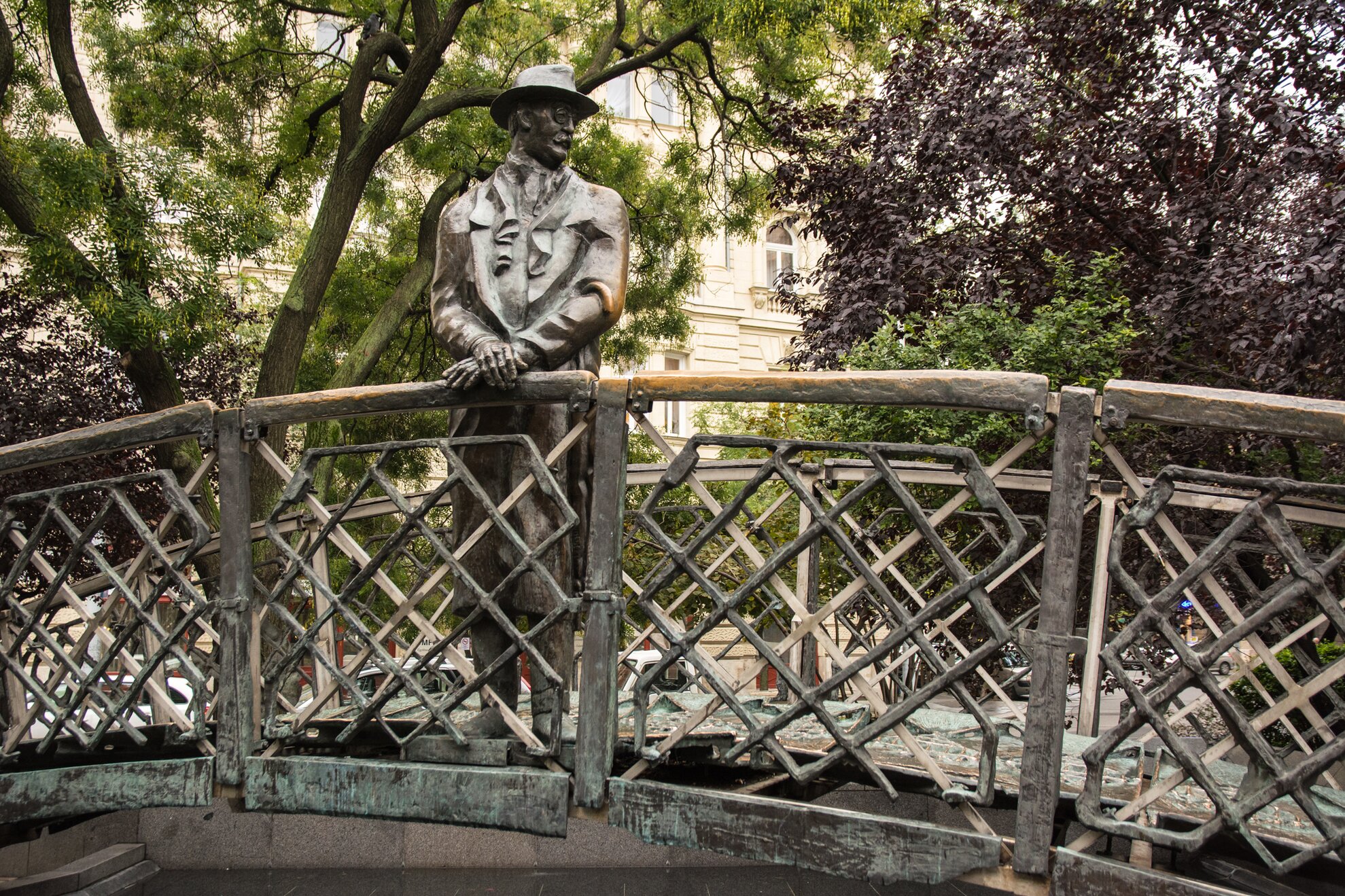A popular destination for tourists, the picturesque square of Vértanúk tere has undergone a major transformation with the removal of the iconic landmark depicting former prime minister Imre Nagy, reformist politician during Hungary’s Communist era. Remembered as a martyr, the statesman was executed after the Red Army quashed the Magyars’ freedom fight.

Created by local sculptor Tamás Varga, this moving memorial stood steps away from Kossuth tér and Parliament. Set on its own bridge, pensively looking towards Hungary’s national seat, the figure served as a backdrop for many a traveller’s photo.
Those passing by this pocket-sized public square now will find an empty lot with a shallow pond devoid of its symbolic attraction. According to local press reports, the statue of Nagy will be replaced with a memorial to the victims of the Red Terror, the expulsion of anti-Communist forces in 1919. The Red Terror memorial was originally set up here in 1934, before it was knocked down a decade later.

The Imre Nagy statue should undergo restoration and be relocated to Jászai Mari tér by mid-June. Its new setting is said to be where Cubist-style representations of Karl Marx and Friedrich Engels once stood. The monumental stone figures depicting the philosophers are currently on view in outer-district Memento Park, an open-air museum displaying Communist-era relics removed from public spaces across Budapest.



